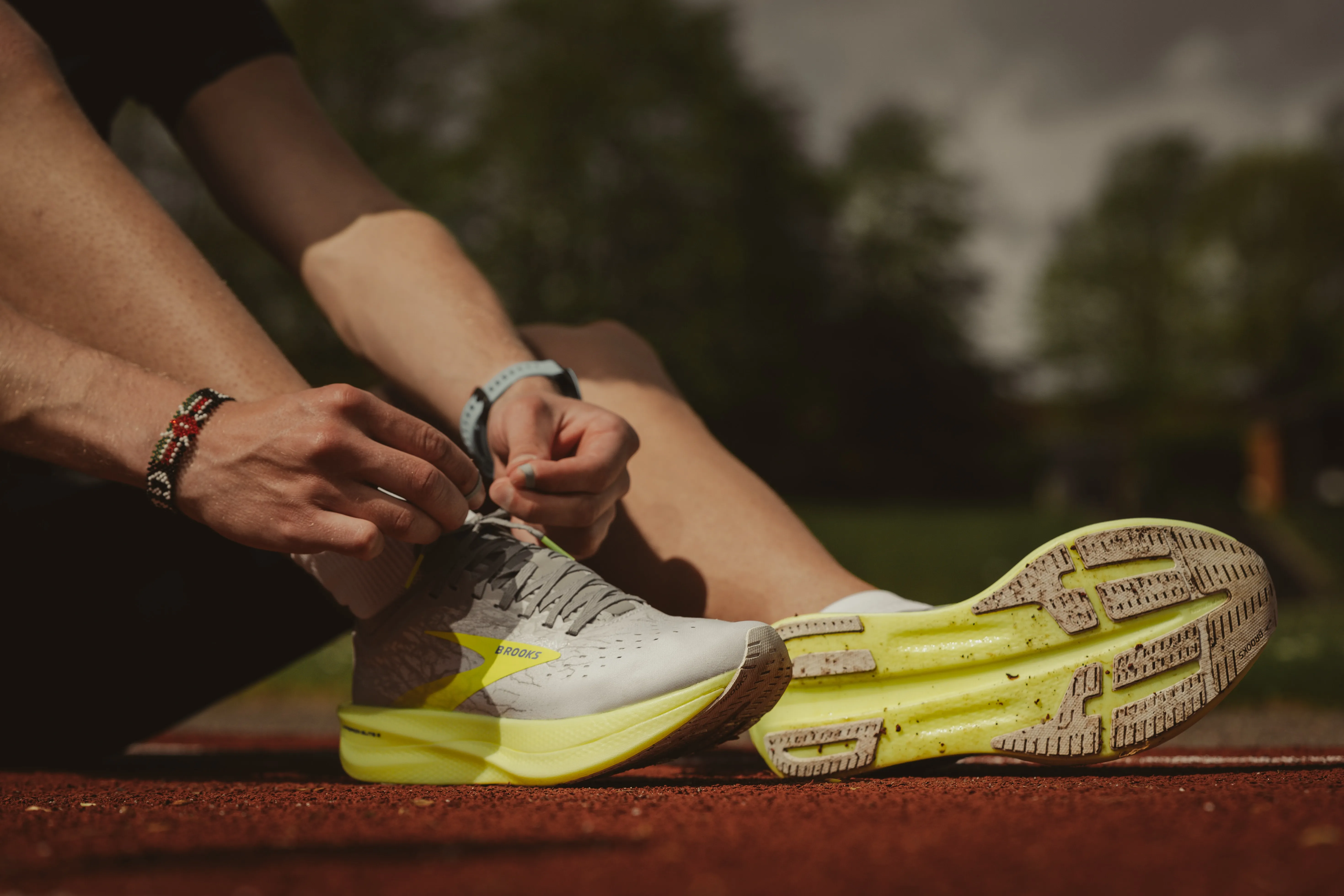
One of the most unpleasant experiences a runner can face is the sudden onset of a stomach or muscle cramp. During an exhilarating surge of energy or at the climax of a steady jog, a cramp can feel like the universe’s way of saying, “Not so fast.”
Fortunately, understanding more about why cramps happen can help runners of all levels prevent cramps from occurring, or at least, manage them when they do. This article is your go-to guide that addresses why running cramps happen, ways to prevent them, and what to do when they strike.
Understanding Running Cramps

Despite how common running cramps are, little is definitively known in the medical community about their exact cause. However, it’s generally agreed that there are two main types of cramps that runners experience: side stitches and muscular cramps.
Side stitches, also known as exercise-related transient abdominal pain, present as sharp, stabbing pains typically on the right lower edge of the ribcage. Possible causes include the joggling of internal organs, a reduction in blood supply to the diaphragm, inadequate warm-ups, or a diet factor such as eating too close to a run.
Muscular cramps occur most frequently in the calf and hamstring muscles. These cramps are associated with dehydration, fatigue, electrolyte imbalances, and muscle overuse.
Preventing Running Cramps
There are several ways to prevent running cramps, many of which emphasize proper nutrition and training habits.
-
Hydration: Electrolyte imbalance often caused by poor hydration is one of the leading causes of muscle cramping for runners. It’s crucial to remain well-hydrated before and during your runs, especially in hot weather.
-
Stretching: Incorporating effective core and muscle stretching exercises into your warm-up routine can play a significant role in preventing both side stitches and muscular cramps.
-
Nutrition: Eating a balanced diet that includes potassium and magnesium-rich foods helps to decrease the risk of muscle cramps. Limit high-sugar or high-fat meals before your run.
-
Pacing and Form: Beginners often suffer from cramps due to pushing themselves too hard or maintaining poor form. A sensible progression in intensity and duration of the runs combined with focused attention on running form often helps in prevention.
Managing Cramps When They Occur
Despite your best strategies to prevent cramps, they may still occur. Here are effective ways to manage them:
-
Relaxation and Breathing: When a side stitch happens, slow down your pace and focus on deep, relaxed balanced breathing. Some runners swear by exhaling when your opposite foot to the cramp strikes the ground.
-
Stretch and Massage: If you experience a muscle cramp, stop and gently stretch and massage the muscle.
-
Hydrate: Drink water mixed with a balanced electrolyte supplement to rapidly replenish lost liquids and restore balance in your system.
-
Walk it off: Once the cramp subsides, don’t start running immediately; instead, start walking for a while before slowly increasing the pace.
In conclusion, cramps are a common but manageable aspect of running. With proper understanding, precautionary measures, and relief techniques, runners can effectively handle cramps and enjoy a smoother, more comfortable running journey. Remember, every runner’s body is different, so experiment with different methods to find what works best for you.





